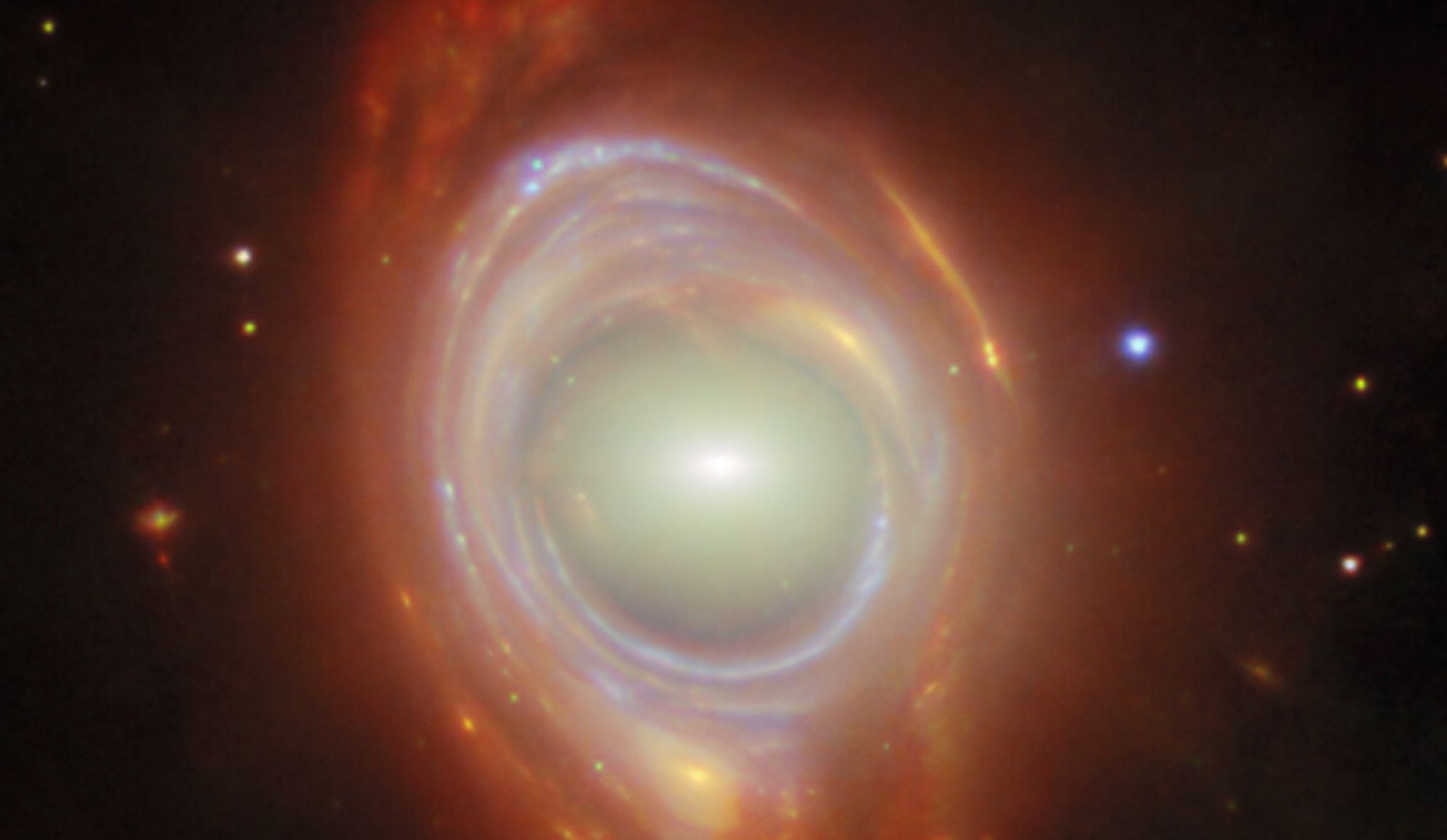
James Webb Telescope Captures Stunning Einstein Ring
The James Webb Space Telescope has once again delivered a breathtaking image, this time showcasing a stunning example of Einstein's theory of general relativity. The phenomenon, known as an "Einstein ring," is a mesmerizing display of cosmic proportions.
What is an Einstein Ring?
Einstein rings occur when light from a distant object is bent around the mass of a closer, larger object. This gravitational lensing effect, while subtle on a local scale, becomes dramatically visible across vast astronomical distances. In this particular image, the light from a distant galaxy is warped around the mass of another galaxy, creating the ring-like appearance.
This "gravitational lensing" is a direct manifestation of Einstein's general relativity. Spacetime, the very fabric of the universe, curves around an object's mass, and this curvature is what we perceive as gravity. The objects in the image, an elliptical galaxy enveloped by a spiral galaxy, provide an invaluable opportunity to study galaxies that would otherwise be too faint and distant to observe.
This remarkable Einstein ring was captured as part of the "Strong Lensing and Cluster Evolution (SLICE) survey" at the University of Liège in Belgium. The SLICE survey, led by a team of dedicated astronomers, aims to explore the evolution of galaxy clusters over a staggering eight billion years, offering new insights into the universe's history and structure.
1 Video of Einstein Ring:
Source: Engadget